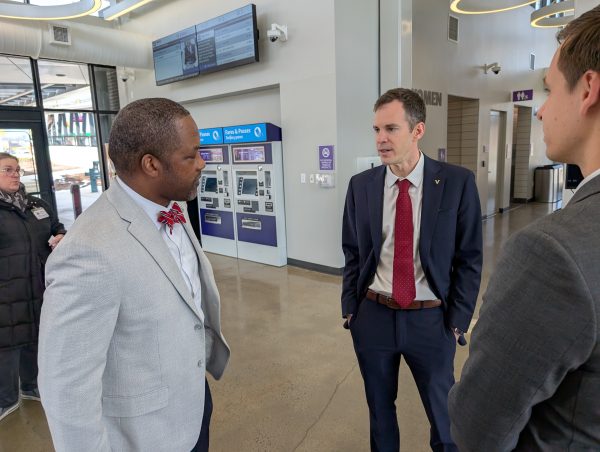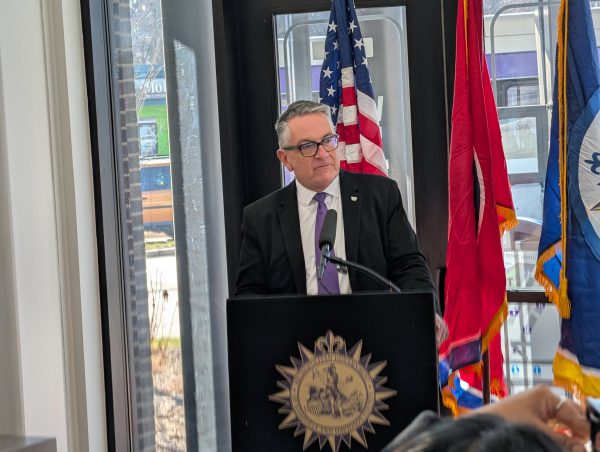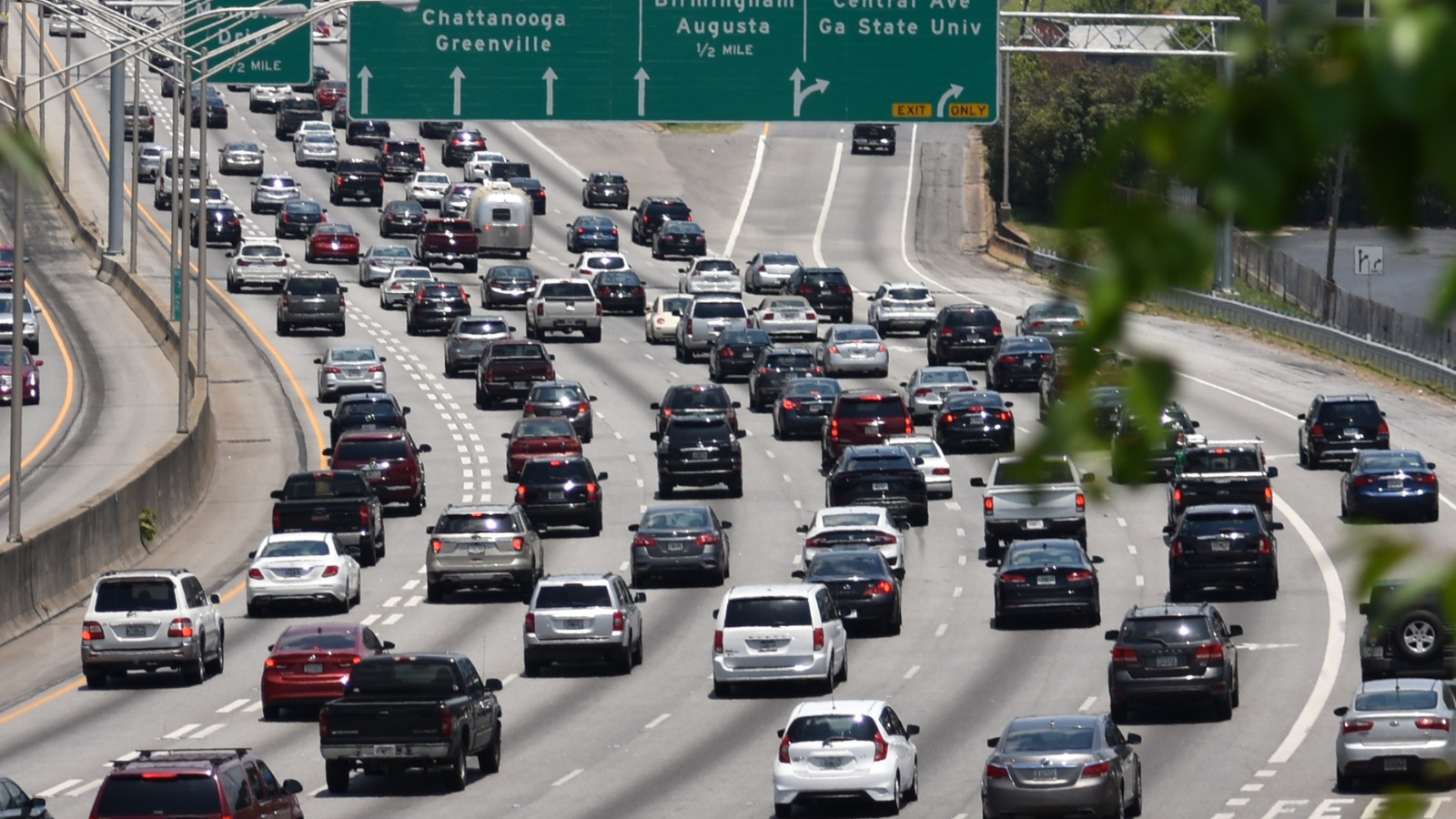Prioritizing “notions of connections” lies at the heart of a groundbreaking collaboration among several organizations, including Vanderbilt University, to revolutionize Nashville’s traffic systems and improve the lives of residents, according to Nashville Mayor Freddie O’Connell.
Two U.S. Department of Transportation Strengthening Mobility and Revolutionizing Transportation (SMART) grants, totaling $12 million, have been awarded to Metro Nashville to help transform the city’s transit infrastructure through cutting-edge technology and innovative partnerships. The projects unite local agencies, state and federal governments, and regional universities—including Vanderbilt, Tennessee State University and the University of Tennessee at Chattanooga—to create safer streets and more reliable transit for Nashville residents. Advancing the Nashville Innovation Alliance mission, Vanderbilt researchers and collaborators will help implement these advancements to improve Nashville’s transportation network.

The grants focus on transforming Nashville’s busiest roads into models of safety and efficiency using technology developed by Vanderbilt researchers Dan Work, professor of civil and environmental engineering, Jonathan Sprinkle, chair of the Department of Computer Science, and Abhishek Dubey, associate professor of computer science. The three lead research teams at the Vanderbilt Institute for Software Integrated Systems, which plays a key role in these projects.
These efforts align with Nashville’s Vision Zero initiative, which aims to eliminate traffic fatalities and serious injuries through innovative, data-driven solutions.
Work and Sprinkle have been awarded a $10 million Stage 2 SMART grant to make “Nashville streets safer with the nation’s largest deployment of LiDAR to proactively address safety, instead of waiting for crashes to happen,” said Robert Hampshire, principal deputy assistant secretary for research and technology at the U.S. Department of Transportation, during a news conference at Nashville’s new Dr. Ernest Rip Patton Jr. North Nashville Transit Center.
LiDAR technology uses laser pulses to create detailed, real-time maps of traffic and pedestrian activity. At the news conference, Work, Sprinkle and senior research scientists Will Barbour and Matt Bunting demonstrated how the LiDAR system, developed at Vanderbilt with funding from a previous U.S. DOT Stage 1 SMART grant, measures the number of vehicles and pedestrians along Clarksville Pike, illustrating its ability to proactively enhance safety.
“With LiDAR and advanced data analytics, we have demonstrated the ability to detect potential safety issues on the road and fix them before people are injured,” Work said. The Stage 2 award for the project will expand the LiDAR system to Nolensville Pike, one of Nashville’s most dangerous roads for pedestrians.
Another $1.9 million Stage 1 SMART grant will support WeGo Public Transit in optimizing high-frequency bus service on Murfreesboro Pike, the city’s busiest route, using artificial intelligence technology developed by the research group led by Dubey.
“Together, these initiatives aim to leverage technology, including artificial intelligence, to minimize disruptions and enhance the efficiency of Nashville’s public transportation system,” Dubey said. “By doing so, they strive to deliver improved mobility that better serves the needs of residents.”

This effort includes computer-aided dispatch, automated vehicle location systems, and traffic-adaptive signals, which will improve service reliability and lay the groundwork for similar upgrades on other high-frequency routes. “This funding will allow us to acquire the technology needed to provide more predictable service on a high-frequency route with many traffic issues,” WeGo CEO Steve Bland said.
The grants unite Vanderbilt, Tennessee State University and the University of Tennessee at Chattanooga to leverage their collective expertise to advance public safety and address citizens’ traffic concerns. Through technology development, innovative research and community engagement, this collaboration is creating tailored solutions for Nashville’s mobility needs. It not only improves safety and efficiency in Music City, but also offers a model that could benefit other cities in the future.
O’Connell emphasized the significance of partnerships in achieving these goals. “This work begins with the connections we build with each other,” he said. “Through collaborations, we are building safer streets and better transit systems that reflect the needs of our community.”
In addition to supporting research, Vanderbilt is a leader in transportation initiatives and regional commuting needs and has successfully implemented programs and benefits for its community to reduce the “drive alone” rate of commutes to and from campus.
